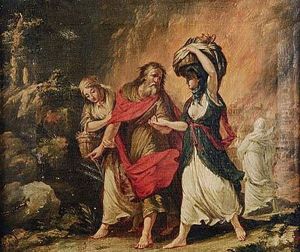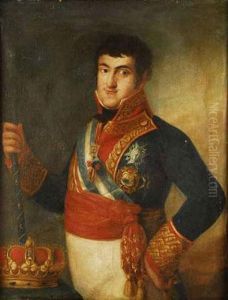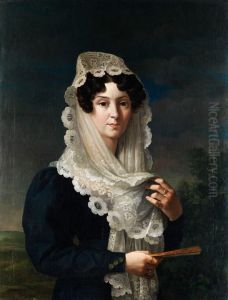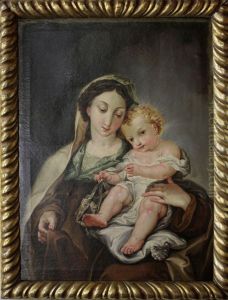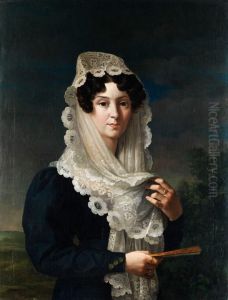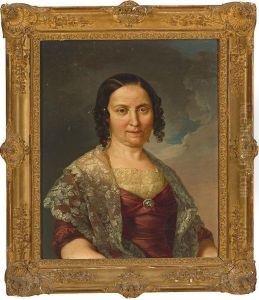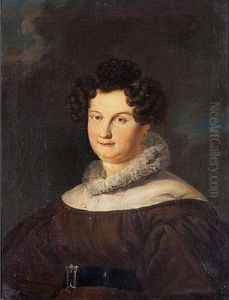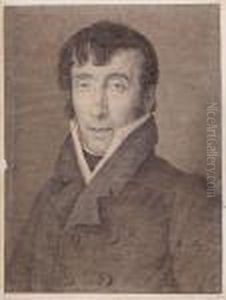Vicente Lopez Paintings
Vicente López Portaña was a Spanish painter born on September 19, 1772, in Valencia, Spain. He emerged as one of the most prominent portrait artists of his time in Spain, especially noted for his realistic portrayal and meticulous detail. López's artistic journey began under the tutelage of his father, who was a modest artisan. His talent soon flourished, leading him to study under Francisco Maella and José Camarón Bonanat at the Real Academia de Bellas Artes de San Carlos in Valencia. His proficiency and skill in art were recognized early in his career, garnering him numerous accolades and scholarships, which allowed him to further his studies in Madrid and subsequently in Rome.
During his stay in Italy, López was profoundly influenced by the works of the Italian masters, which is evident in his adept use of chiaroscuro and his delicate treatment of textures and fabrics. On his return to Spain, he was appointed Court Painter by King Ferdinand VII and later became the Director of the Real Academia de Bellas Artes de San Fernando in Madrid. His position at the court allowed him to paint portraits of the royal family and other notable figures of the time, earning him a reputation for his elegant and refined style. López's work is characterized by its realism, attention to detail, and a certain solemnity, yet his portraits are noted for their psychological depth and the dignified humanity he bestowed upon his subjects.
Beyond portraiture, López also delved into religious and historical themes, though these works did not garner as much acclaim as his portraits. His commitment to realism and avoidance of the more flamboyant Romantic tendencies of his time set his work apart. In his later years, López focused on teaching, passing on his knowledge and techniques to the next generation of artists. He died in Madrid on July 22, 1850, leaving behind a legacy that has cemented him as one of the leading figures of Spanish Neoclassicism. His works are preserved in many major museums, including the Prado Museum in Madrid, testifying to his enduring influence on Spanish art.
